Shamsia prefers to be contacted by email sandrasunfire@gmail.com
- receive Zoom links
- details for in person Dances
- booking retreats and weekends
- mentoring and Dance leader's group
About the Dances of Universal Peace

The Dances of Universal Peace are a powerful way to connect with others, to experience the true heart of many spiritual traditions and draw on them for inspiration. In many parts of the world, there are circles sharing this unique form of meditative yet celebratory body prayer. Through moving, chanting and singing together we create a sense of peace and unity — a sense of joyful oneness.
From the beginning of time, sacred movement, song and story have brought people together at times of seasonal ceremony and celebration, as part of everyday life and during life passages, in daily renewal and meditation. The Dances of Universal Peace are part of this timeless tradition of sacred dance.
The Dances are simple, direct, accessible and profound, being inspired by the wisdom and sacred phrases of the spiritual traditions of humankind. They are most often danced in a circle using natural and devotional movements. Essentially they are a form of celebration and meditation in song and movement, the sacred phrase being an important element of each Dance.
The Dances can be joyful, contemplative and liberating, in fact the mood of the dances is infinitely variable. Through remembrance of our divine unity we can experience peace, harmony and healing — opening the pathways to inner peace and sensations of positive energy.
From the beginning of time, sacred movement, song and story have brought people together at times of seasonal ceremony and celebration, as part of everyday life and during life passages, in daily renewal and meditation. The Dances of Universal Peace are part of this timeless tradition of sacred dance.
The Dances are simple, direct, accessible and profound, being inspired by the wisdom and sacred phrases of the spiritual traditions of humankind. They are most often danced in a circle using natural and devotional movements. Essentially they are a form of celebration and meditation in song and movement, the sacred phrase being an important element of each Dance.
The Dances can be joyful, contemplative and liberating, in fact the mood of the dances is infinitely variable. Through remembrance of our divine unity we can experience peace, harmony and healing — opening the pathways to inner peace and sensations of positive energy.
“Words are not peace. Thoughts are not peace. Peace is fundamental to all faiths, all religions, all spirituality"
-Samuel Lewis
-Samuel Lewis

The Dances of Universal Peace were originally created in the late 1960's by Samuel Lewis, who studied many of the world’s spiritual traditions. He was a lifelong practitioner of Zen Buddhism and Zen Roshi. His Hindu guru was Papa Ram Dass. He taught Christian mysticism and, being Jewish by birth, was well versed in the Kabballah.
The Dances were inspired by his Sufi teacher Hazrat Inayat Khan, who first brought Sufism to the West, and Ruth St Denis an American feminist pioneer of sacred dance. Following Hazrat Inayat Khan and the ‘Unity of Religious Ideals' - that the truth at the heart of all religions is the same truth — Samuel Lewis envisaged a dance form which would embody this ideal, one which would allow people to directly experience for themselves such states as joy, peace, harmony and unity. He saw the Dances as a form of ‘peace through the arts', a way of sharing the blessings of peace throughout the world and within each individual. He was also greatly concerned with the environment and global understanding.
Celebrate the diversity of the earth’s spiritual traditions in harmony together as we explore and experience a compassionate connection to others and to nature. No previous experience needed; all are welcome, even those who think they can’t sing or have two left feet.
“Come, come whoever you are…”
-Mevlana Jelaluddin Rumi
The Dances were inspired by his Sufi teacher Hazrat Inayat Khan, who first brought Sufism to the West, and Ruth St Denis an American feminist pioneer of sacred dance. Following Hazrat Inayat Khan and the ‘Unity of Religious Ideals' - that the truth at the heart of all religions is the same truth — Samuel Lewis envisaged a dance form which would embody this ideal, one which would allow people to directly experience for themselves such states as joy, peace, harmony and unity. He saw the Dances as a form of ‘peace through the arts', a way of sharing the blessings of peace throughout the world and within each individual. He was also greatly concerned with the environment and global understanding.
Celebrate the diversity of the earth’s spiritual traditions in harmony together as we explore and experience a compassionate connection to others and to nature. No previous experience needed; all are welcome, even those who think they can’t sing or have two left feet.
“Come, come whoever you are…”
-Mevlana Jelaluddin Rumi
Our lineage
- Samuel L. Lewis (Murshid S.A.M.)A Zen roshi, Sufi mysticSamuel Leonard Lewis was born on October 18, 1896, to Jacob Lewis, a working class Jew from San Francisco. He was an unusual child, a child prodigy; his mother often claimed to have had a dream of the Prophet Samuel before the child’s birth and therefore gave him that name.
- Ruth St. Denismodern Dancer, mysticRuth St. Denis was a major influence on Murshid Samuel L. Lewis, who called her "Mata-Ji" (Honored Mother) and referred to her as "my fairy godmother." She was a source of inspiration in Murshid SAM’s creation of the Dances of Universal Peace and of the Spiritual Walks.
- Hazrat Inayat KhanSufi mystic, master musicianPir-o-Murshid Hazrat Inayat Khan was born in Baroda, India in 1882, into a family of musicians. "Music and mysticism," he says, "were my heritage from both my paternal and maternal grandparents." Maula Bakhsh, the founder of Gayanshala, which is now the music faculty of the University of Baroda, was his grandfather, and it was in his house that Inayat Khan was brought up.
- Nyogen Senzakizen monkWhen we carefully observe the life of Nyogen Senzaki, his style of teaching and his personality, we cannot help but be impressed with how different he was from both the ancient masters and the modern teachers of Zen. He was not a hermit, nor did he choose to involve himself with traditional temple life.
- Papa RamDas & Mother KrishnabaiHindu guruIn the 1950's Murshid SAM reported a recurring vision with the face of a saint accompanied by poetry, "By one year’s time, by land or sea, I will come to thee." In 1954, in keeping with the vision, Papa (Swami) Ramdas and Mother Krishnabai came to San Francisco on their World Tour and Murshid SAM found his "Hindu" Guru.
- Barkat AliSufi"At the tomb of Amir Khusrau within the compound of Nizam-ud-din Auliya, I saw myself invested with a robe which was described to the sons of Hasan Nizami and upon my return to Pakistan I found Sufi Barkat Ali and my brethren ready with that very robe at a public gathering. Henceforth, Chisti was added to my name, and I became known as 'Sufi Ahmed Murad Chisti."
